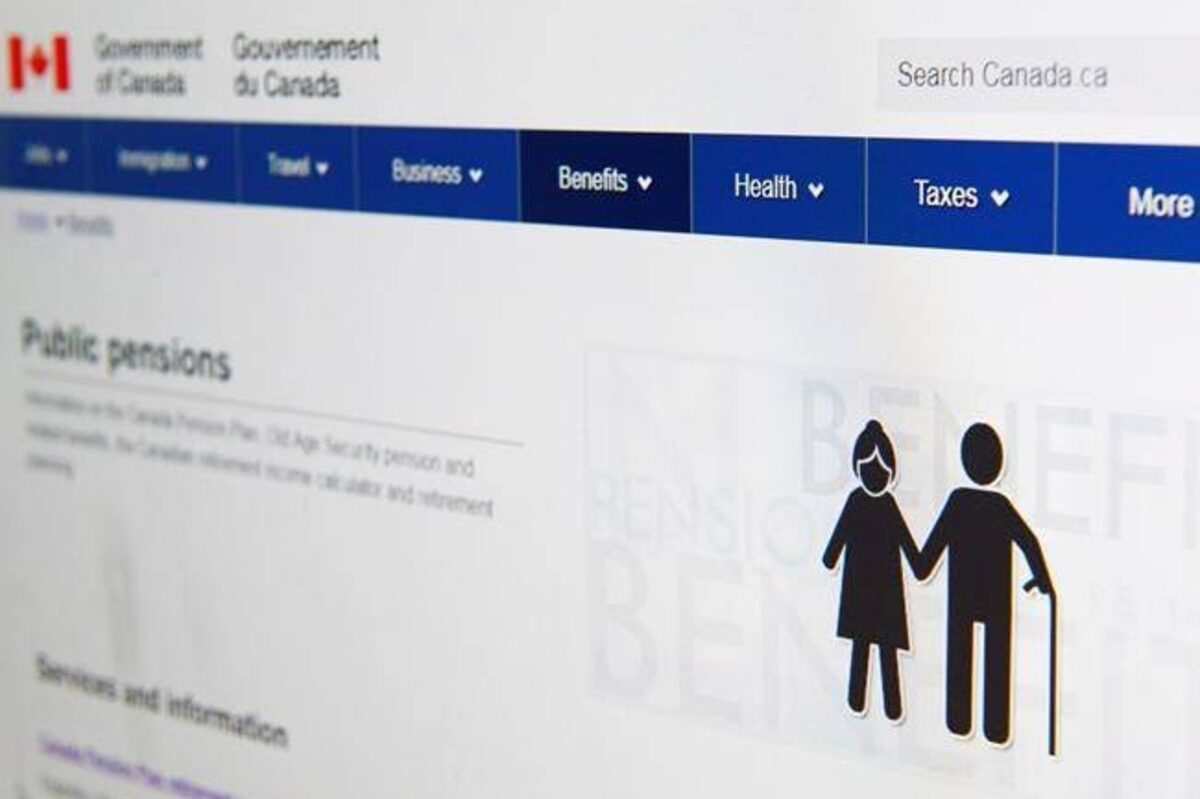The OAS bonus is being given to well-off seniors. As more and more affluent Boomers retire, that’s going to put a strain on federal finances.
(Note that OAS is different from GIS, which is available to low income seniors)
Last year, the Liberals boosted OAS by 10 per cent for seniors 75 years and older, claiming it would help poorer senior citizens. That claim is nonsensical – if the government wished to help poor seniors, it already has a tailor-made program at hand: the Guaranteed Income Supplement. (The income cutoff point is much lower than for the OAS, just $21,456 for individuals.) Any OAS reform should start with scrapping that 10-per-cent increase and targeting those funds narrowly to low-income seniors who receive the GIS.
Last year, the federal government spent $69.4-billion on elderly benefits. That will jump to $101.3-billion in fiscal 2029.
Clawbacks of the benefit ($8,492 a year) start when an individual’s taxable income reaches $81,761 but even those making up to $134,626 receive reduced payments, or $137,331 for seniors over 75 whose OAS entitlement is increased by 10 per cent. For individuals who deferred receiving OAS in exchange for higher monthly payments, that ceiling is considerably higher, around $170,000. And those clawbacks are assessed on an individual, not a household. A household made up of two seniors eligible for the maximum OAS could have a combined income of about $340,000 and still receive a small monthly payment from Ottawa.



The wording of this borderline deceptive. OAS has a reasonable threshold at which the clawback starts, and by the time you get to the top end, the clawback is very close to 100% of the benefit. So those seniors up near $134K are getting like $20/month. It’s not nothing, but it’s not worth all the angst here.
The $179K threshold is for those who deferred the benefit, so they’ve had years of zero benefit earlier on. Which is a gamble that you’ll live long enough to make up the difference.
Also, remember that these numbers are all AFTER the benefit is included. So a senior at the lower cutoff is actually making $73K before the benefit.
Also, also, remember that all of these amounts are taxed as income. So that senior at $73K pre-benefit is going to be taxed at the highest rate for the benefit.
Even so, it would still have made more sense to give additional benefits through GIS instead of OAS.
We’re going to be hitting another austerity cycle soon. IMO it’s worth talking about who needs benefits, versus who is getting them.
Agreed.
It’s hard to mess with this stuff and take things away because these amounts are part of people’s retirement planning. People and the upper cut-off probably wouldn’t care because they get so little, but if you start messing with the low end of the clawback range, then you start to cause problems.
I fully agree. The problem is at the upper end. We can and should help people at the lower end.